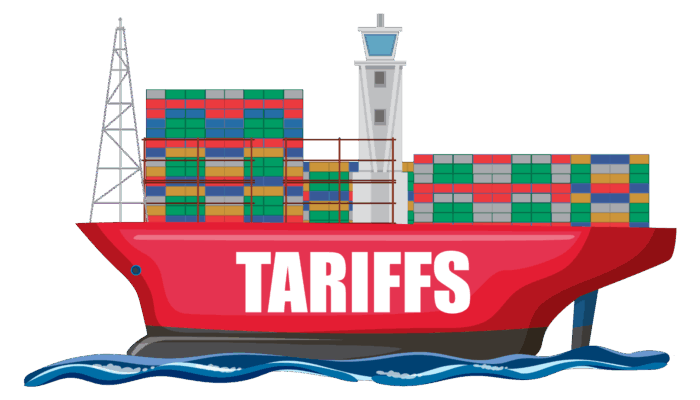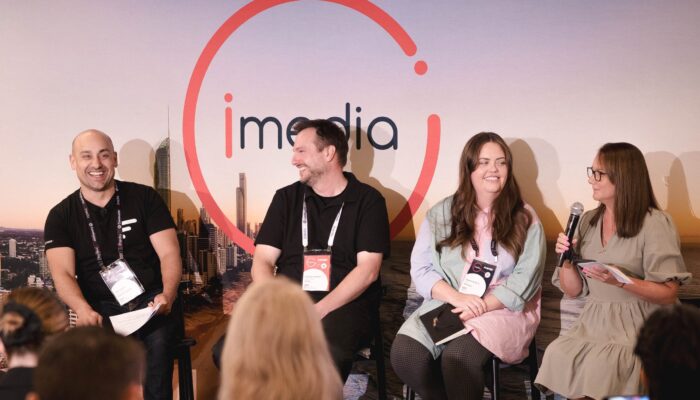In 2021 international retailers can no longer afford to spend years to roll out omnichannel capabilities. We all saw how the pandemic provided amazing examples of agility in retail around the world:
- Curbside pickup enabled in days amidst the lockdowns
- Stores turned into mini-hubs to boost the fulfillment capacity of warehouses
- Large scale activation of Buy-Online-Pickup-In-Store
- Rise of the resale marketplaces
It caused a genuine shift in the retailers’ mindset. They now demand not only swift business value for their first pilot, but also global rollouts that go fast.
In my experience retailers should consider three key things to deliver quick business value while deploying an Order Management System (OMS).
1. A Flexible Core Model Approach
Successful retailers have built a ‘Core Model’ foundation that covers at least 70% of their target business processes. A core model consists of the main business processes and functions that are likely to apply to most countries or brands in the roadmap.
The pick & pack or the return processes in-store are usually good candidates for “core”. Integrations with an enterprise eCommerce platform or a marketing cloud system are good examples too.
Adopting a core model should not mean building rigidity though. It is key in the process to make sure that the common functions are easy to adjust to the needs of the next brands and countries.
For example, one may need to fine-tune the sourcing strategy when adding a new country. Parcel carriers and payment methods are also likely to vary from a region to another.
2. Aim Big and Start Small
A Minimum Viable Product (MVP) approach is fundamental to speed.
The most mature retail organizations sometimes still use legacy systems that they built fifteen to twenty years ago. Quite often, those systems were quite customized over the years.
For this reason, transferring features and processes from an old system to a modern platform can be challenging. It often requires a strict ranking process to select the minimal capabilities to deliver the business value. This is also important considering that the teams have limited bandwidth to deliver the new solution.
This means leaving some complexity for later phases and accepting workarounds at first. The MoSCoW method can be quite efficient to support this process.
An incremental scope of work is also great for the team’s motivation. It brings to life new services and features that are valuable for business on a regular basis and avoids the feeling of being stuck in a tunnel.
3. Use Templates and Test at Every Opportunity
Another common pattern among the quickest implementations is to adopt “country templates”. Simply put, a template is a set of configurations and workflows that are designed for reuse.
A template allows to follow the core model approach and to still perform adjustments for local needs in specific countries.
This gives opportunities to test variants of the process and even to try new features on a small scale.
For example, store associates can try different types of mobile devices to find out which one fits better for their store format. They can also test if scanning the items one by one during picking is more efficient, compared to confirming all picked quantities once done.
Can Retailers still Manage Without a Modern Order Management System?
Modern Order Management Systems are the backbone to support this type of initiative, and even more so, to make them happen fast.
Are you a large multi-brand organization with a global reach, or a national brand looking to expand in nearby countries? Either way, you would need to pay attention to a few fundamentals before getting started with your deployment:
- The solution needs to offer out-of-the-box workflows and apps as a starting point for the configuration and the user experience.
- Every business is different, so it should be simple and cost-effective to customize the solution as needed down the road.
- It should be easy to create templates for your business configurations and reuse them later on.
- Sharing or not sharing, that is the question. An international expansion often means having to choose between sharing resources and keeping a level of isolation between countries. Some brands may need to make inventory available across borders, for example in Europe. Functions to keep country-specific may include for example tax, payment, and refund rules. So, you’d want to make sure that the solution can be set up based on your needs in this area.
Our experts at Fluent Commerce created a free guide to help retailers with their international OMS deployment. Check it out here.




